Pipes steel seamless for gas. Gas Pipes
To date, in addition to gas pipes of steel and copper, the market has won plastic gas pipes. Each type of this product has advantages and disadvantages.
Gas Pipes Metal is made of copper and high-quality carbon steel. In Russia steel gas pipes are more common, the EU, Canada and the United States prefer copper.
Steel pipes correspond to all technical and health standards, they are relatively inexpensive. Among the advantages of steel pipes is also the low temperature coefficient of linear expansion, which makes it possible to use them for hot water supply and heating systems. They are durable and can be used for high pressure systems.
In this case, steel pipes tend to form clogs that reduce the capacity of pipes, conduct stray currents and are susceptible to corrosion. The low cost of gas pipes still does not make them the most economical option, since their installation is a laborious and expensive procedure.
For the EU countries, as well as Canada and the United States, copper pipes are more typical. Copper pipes are also used to create heating, water and air conditioning systems.
Copper pipes are chemically more inert than steel and more resistant to corrosion and the effects of aggressive impurities in the working environment. Over time, copper pipes are covered with an oxide film and fade, while retaining the aesthetic appearance of undisguised communications. Life time copper pipes is approaching 40 years, they are easier to assemble than steel ones. In addition, alloys of copper have a bactericidal effect.
Copper gas pipes are produced with a wall thickness of 0.7-3 mm, and a diameter of 6-267 mm.
An economical alternative to metal gas pipes for gas mains is, in particular, polyethylene. Polyethylene is chemically inert, frost-resistant and plastic, and is also a dielectric material and does not require isolation from wandering currents. The combination of ductility and strength makes gas pipes made of polyethylene irreplaceable for regions by increased seismic activity, or by the puddles. Undoubted advantage polyethylene pipes are smaller weight and a convenient form of delivery: pipes with a diameter of up to 100 mm are supplied in coils, with a diameter of more than 110 mm - in lengths. Transportation and installation costs polymer pipes is several times smaller than when using metal pipes of the same diameter.
For the manufacture of gas pipes in accordance with GOST apply polyethylene low pressure grades PE-80 and PE-100 with a minimum strength of MRS of 8.0 MPa and 10.0 MPa, respectively.
Connection of metal gas pipes can be detachable and one-piece. To detachable carry connections by means of threaded and compression fittings and adapters. Such compounds are used for connection to pipeline fittings. Non-detachable - soldering and welding. Requirements for gas pipe connections are reflected in GOST 19249-73, GOST 24715-81, GOST 16038-80, GOST 16037-80, GOST 6996-66, GOST 15763-91. When installing polymer gas pipes, welded and soldered joints are used.
Add to bookmarks
Metal pipes: classification and application
Today, it is difficult to name an industry in which we would not use metal pipes the most different types. Their sphere of application is oil pipelines, heating mains, housing and communal services. Steel gas pipes are used for pumping gases.
Straight steel pipes. They are used in construction various designs, for laying pipelines of any kind of medium.
It is steel - the best material for reliable and safe transportation of "blue fuel".
Profiled pipes are widely used in metal structures of all kinds. Despite the fact that now there is an alternative to metal - HDPE, steel products are still in demand. According to the manufacturing method, there are certain types of metal pipes.
Straight and spiral steel welded steel pipes
Production begins with cutting a rolled steel sheet (strip) into separate strips. Then they are welded into a long tape, after rolling, the seam is welded. This process can be carried out in two ways: - by the TIG method: arc welding, implying the use of a tungsten electrode in an inert gas cloud; - HF: use of high frequency induction currents. In the first variant the seam turns out to be more reliable, however the second method is faster - the welding time decreases by 20 (!) Times. Therefore, pipes manufactured using HF technology are much cheaper than products welded by the TIG method. After welding the weld, the pipe passes non-destructive testing and is stored. The production of spiral pipes is almost the same as the method of manufacturing straight-through pipes. The difference is that the steel tape is folded into a spiral, and not into a tube. Straight-seam method allows to obtain products with higher tensile strength. For the manufacture of welded pipes of any type, steel grades ST08PS, 08Yu, 10PS, 08SP are used. It contains little carbon, so it has softness and plasticity.
Seamless (one-piece) metal pipes
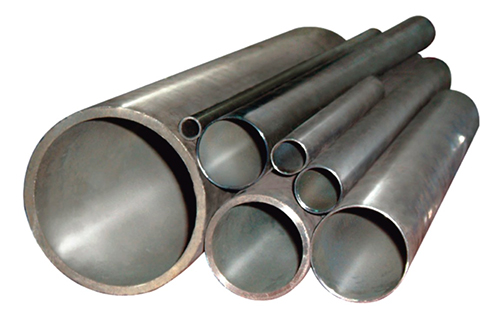
Hot-deformed. The preparation is first heated in an oven. Then there is a piercing process, after which the pipe is turned into a sleeve (or hollow cylinder). Next, the workpiece, gradually stretching, is run through the rollers. As a result, the required wall thickness, diameter, is formed. The product is allowed to cool, cut into pieces of the required length and stored. Pipes manufactured by this method can have a wall thickness of up to 75 mm. Such products are used where there are special requirements for strength.
Coldly deformed. From the previous version, the technology has a couple of differences: - the resulting sleeve is cooled after passing the piercing mill; - the finished product is annealed: it is heated before the recrystallization of steel begins and then it is cooled. The annealing process turns steel into a more viscous material. This removes the internal stresses in the metal. Manufacturers offer cold-deformed pipes from 5 to 250 mm in diameter with a wall thickness of 0.3-24 mm. For the production of seamless pipes, steel grade ST10-20 is used.
Anticorrosive steel pipes
For the needs of the chemical industry, pipes with increased resistance to corrosion are produced. At the same time, steel 12Х18Н10Т, 08Х18Н10Т, 12Х18Н12Т is used. Also used for protection are galvanizing. Protection can be applied to the outside and to the inside or only to the outer surface. In the furniture industry are in demand - these products are often an important element of the decor in the overall design of the room. Low resistance to corrosion - the main disadvantage of steel pipes compared to products made of HDPE.
Ways of connecting steel pipes
The main method is welding. It is the most reliable. Lack of of this method - the need for welded vehicles and specialists. When connecting pipes made from HDPE, there are no such problems. For the connection of steel products, the following devices are used: - gas hand (autogen); - electric arc welding using metal electrodes; - automatic (semi-automatic) in the environment of inert gas; - automatic (semiautomatic) under the flux; - point (electrocontact). Before connecting the parts, it is also necessary to remove internal thermal stresses; for this, thermal treatment of the metal is carried out in the weld zone. Otherwise, due to a change in the structure of the metal, the quality of the seam may not be high. Repair, modernization of the welded pipeline is very difficult. Therefore, the threaded connection method is used widely enough. The thread can be: - metric or inch; - trapezoidal; - Pipe conical or cylindrical; - resistant; - round or rectangular; - Special.

The main characteristics of the thread include its pitch, depth (distance from the base of the turn to its top), direction (left or right). The number of visits (one or two) is also important. The type of threaded connection can be recognized from the marking, which is applied to the pipe in the form of a fraction. Its numerator denotes the inner diameter, the denominator is the outer diameter. The manufacturer's trademark, steel grade (a four-digit code is used) is included in the general labeling of the product. Designations are applied to the pipe every 50 cm, but not further than 2 cm from the end. For general labeling of products can use: - Electric pencil; - Electrograph; - indelible paint; - The method of branding. Main advantage threaded connections - convenience in the assembly, operation, repair of pipelines. At the same time, welding sets and related devices are not needed; it is sufficient to have wrenches and a rewind in the form of a fluoroplastic tape. The minus is a relatively high price, if, for example, it is compared with the same parts manufactured from md.
Advantages and disadvantages of steel pipes
Products have high resistance to increased pressure (40 atm and above) and water hammers (not everyone can withstand them). Pipes made of metals have a low linear expansion, which allows them to be used at high carrier temperatures. Steel pipes are inexpensive. The main drawbacks that limit their wide application are corrosion (in the absence of treatment), internal deposits that reduce the flow capacity in the future, and the high cost of installation work. This is due to the use of welding and threading for connections.
The company Verna-SK LLC has been selling high-quality pipe products for the past 7 years at the lowest prices. The geography of the company's service is extremely wide: the delivery is carried out at the client's expense in the Central, North-Western, Southern and Northern districts. In addition, the company is engaged in cutting metal and its sandblasting.
You can buy gas pipes from Verna-SK LLC by phone or on the official website of the company that accepts and processes orders around the clock. For regular customers a system of bonuses and discounts is provided. When applying for services in Verna-SK LLC, you receive quality products at affordable prices!
Stainless steel gas pipes: types and benefits
To properly choose stainless steel gas pipes, you need to take into account their characteristics such as the thickness of the steel and the quality of the alloy. Optimum thickness the wall of the gas pipe is considered to be 0.5 mm thick, but if other media are planned to be transported together with the gas, in this case it is better to purchase a pipe with a thickness of at least 1 mm.
For the purpose of creating gas pipes, these types of alloys are commonly used:
- corrosion-resistant,
- acid-temperature resistant,
- refractory,
- heat-resistant,
- corrosion-proof.
Verna-SK LLC sells metal products of any of the listed alloys. The company sells products by any parties. The high quality of the company's pipes is known throughout the country and even abroad. As for stainless steel pipes for gas transfer, in this case the buyer receives a reliable product that has been tested for strength.
The range of application of such a product as a gas pipe is extremely wide: it can be built from it vent pipe for a fireplace, a chimney and even a home heating system. Such a product of rolled metal is different:
- increased strength,
- ease,
- absence of longitudinal seam,
- external attractiveness.
In addition, the company's products do not require additional effort during installation. Installed pipes Practical insensitive to impacts, not deformed when heated or increased pressure.
Similar products of other companies are much more expensive. OOO Verna-SK realizes high-quality, easy-to-use and reliable products at the lowest prices in the country. Apply for help at the telephone numbers listed on the company website and you will be satisfied with the service and high quality of the stainless steel gas pipes.
| Name of pipe | Price per ton including VAT, rubles. | Note | A PHOTO | Buy |
|---|---|---|---|---|
| Electrowelded pipe 16 mm | The price is 40 000 rubles. | GOST 10704 |
Buy Compare |
|
| Electrically welded tube 18 mm | The price is 40 000 rubles. | GOST 10704 | 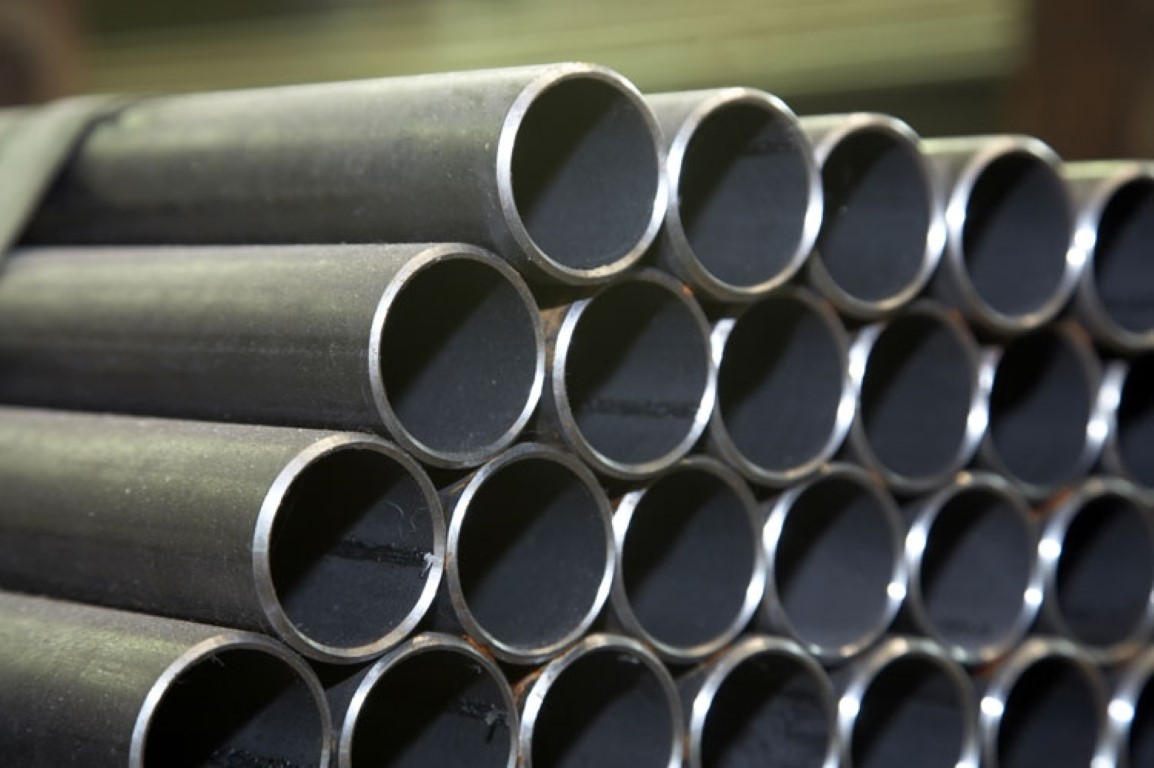 |
Buy Compare |
| Electrically welded tube 20 mm | The price is 40 000 rubles. | GOST 10704 | 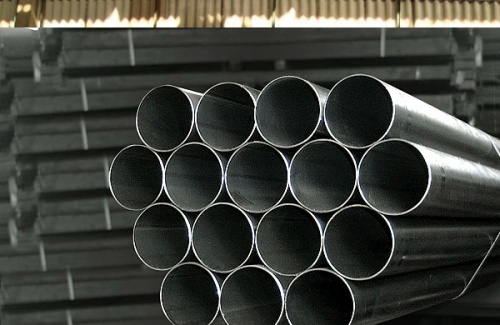 |
Buy Compare |
| Electrowelded pipe 25 mm | The price is 38 000 rubles. | GOST 10704 | 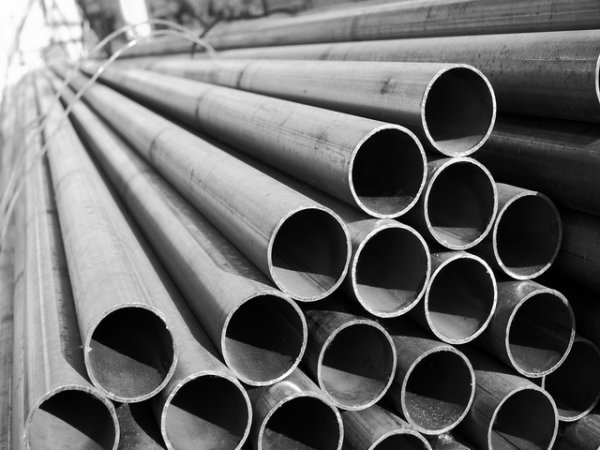 |
Buy Compare |
| Electrically welded pipe 30 mm | The price is 38 000 rubles. | GOST 10704 |  |
Buy Compare |
| Electrically welded tube 32 mm | The price is 35 000 rubles. | GOST 10704 | 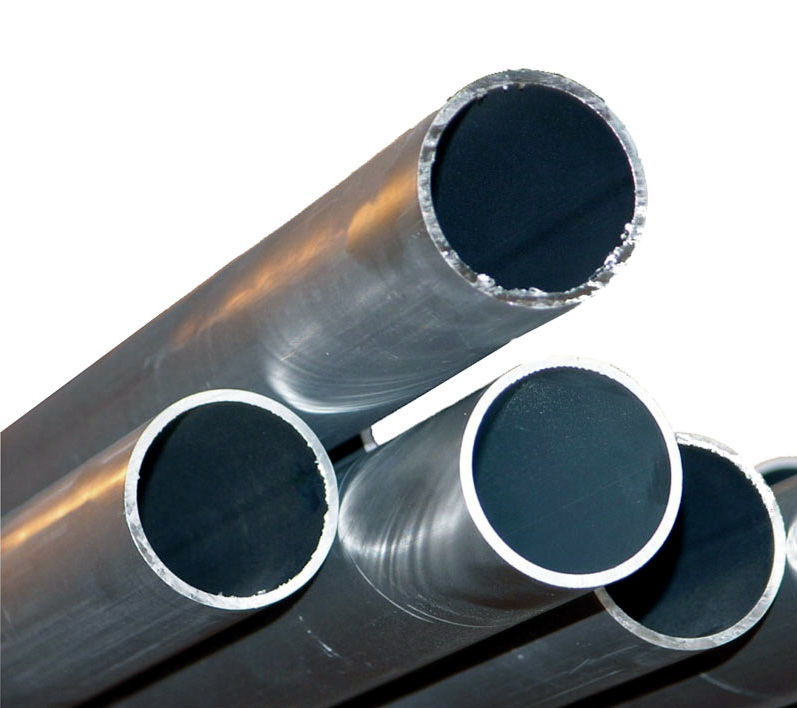 |
Buy Compare |
| Electrically welded pipe 38 mm | The price is 35 000 rubles. | GOST 10704 | 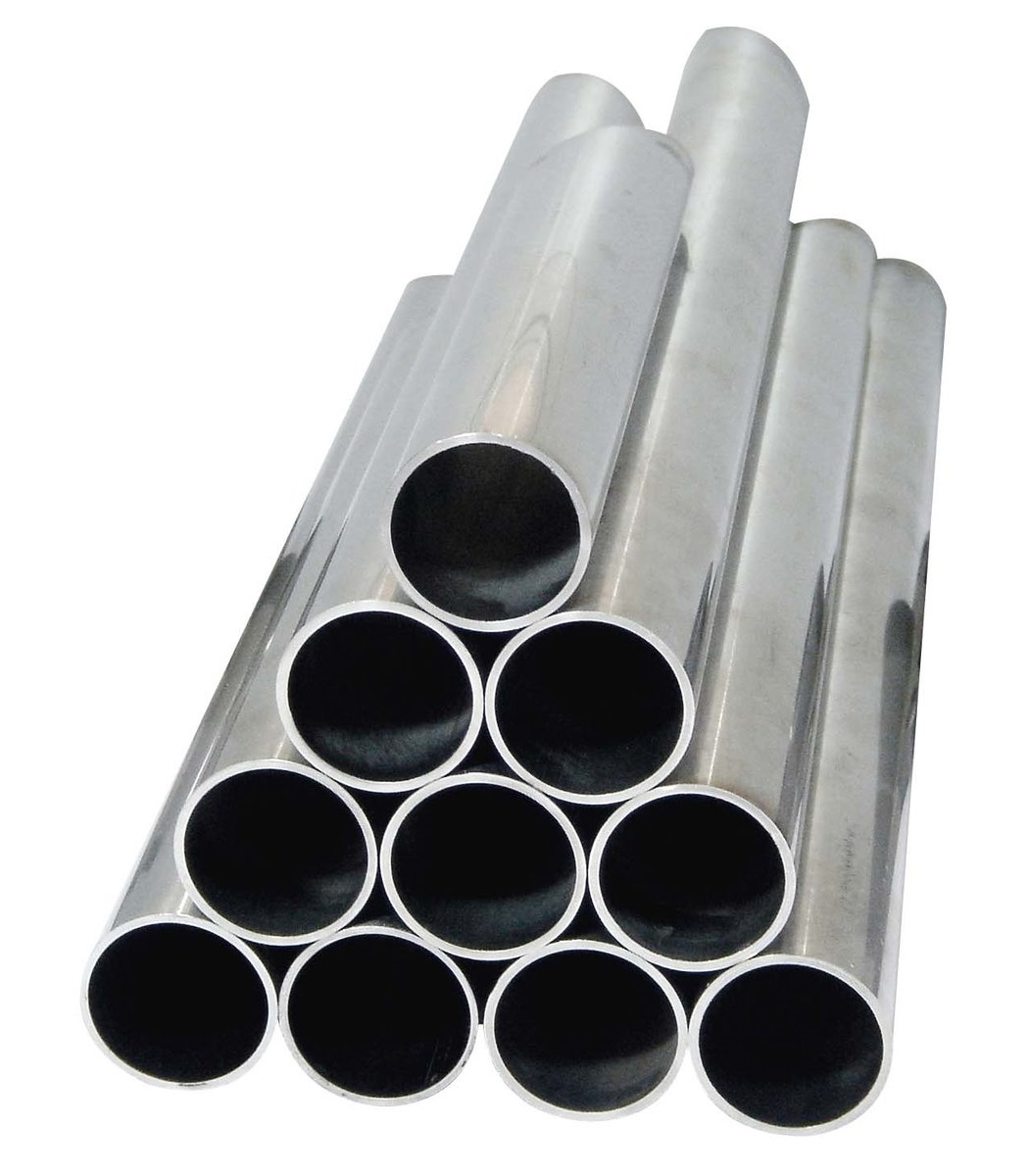 |
Buy Compare |
| Electrically welded tube 40 mm | The price is 35 000 rubles. | GOST 10704 |  |
Buy Compare |
| Electrically welded tube 48 mm | The price is 35 000 rubles. | GOST 10704 | 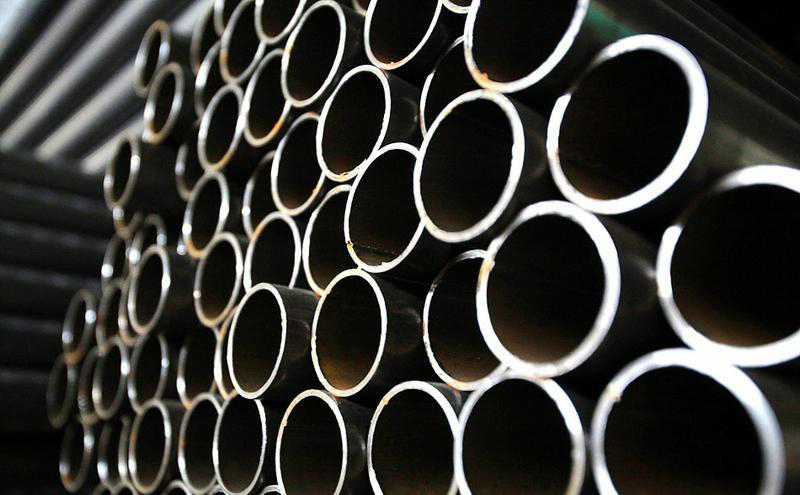 |
Buy Compare |
| Electrowelded pipe 51 mm | The price is 34 500 rub. | GOST 10704 | 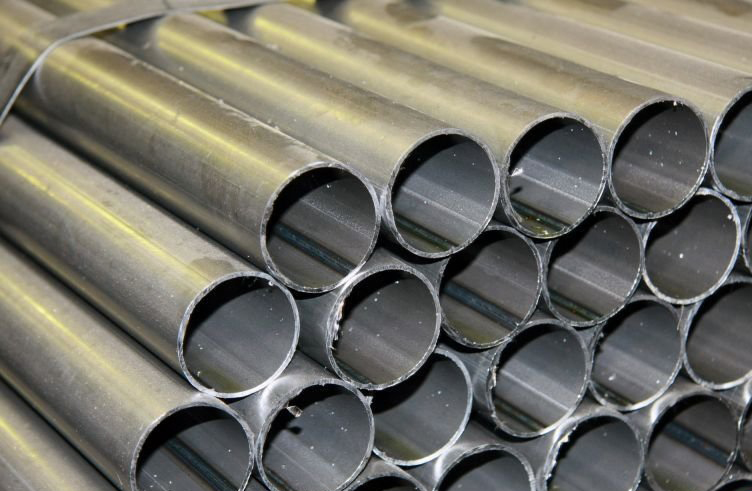 |
Buy Compare |
| Electrowelded pipe 57 mm | The price is 34 000 rubles. | GOST 10704 | 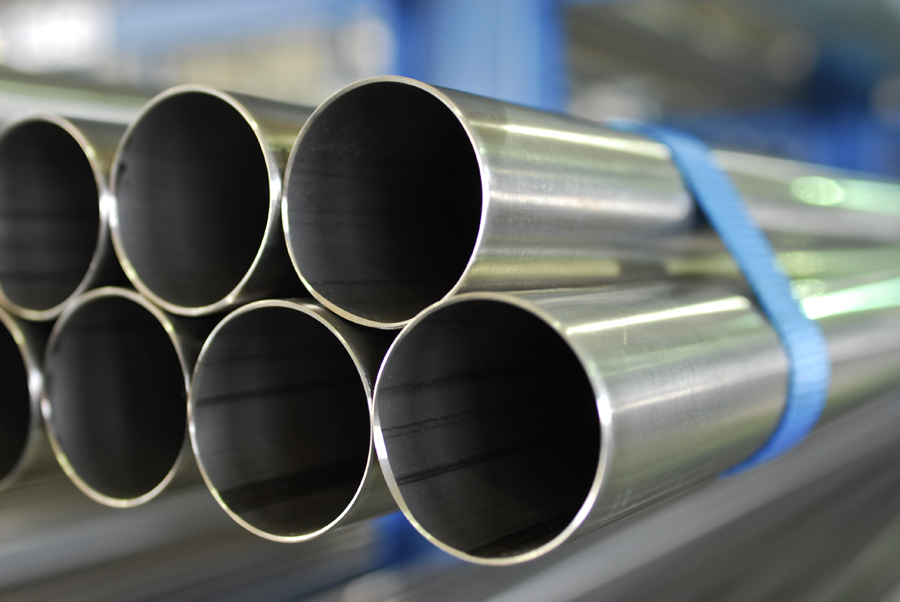 |













